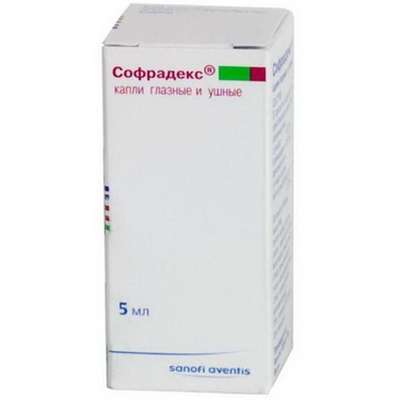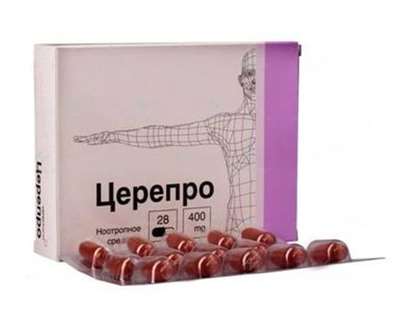Instruction for use: Azelastine
I want this, give me price
Name of the drug: Azelastine hydrochloride, Allergodil, Allergodil C
Latin name of substance Azelastine
Azelastinum (genus. Azelastini)
Chemical name
4 - [(4-Chlorophenyl) methyl] -2- (hexahydro-1-methyl-1H-azepin-4-yl) -1 (2H) -phthalazinone (and as hydrochloride)
Gross formula
C22H24ClN3O
Pharmacological group of substance Azelastine
H1-Antihistamines
Ophthalmic products
The nosological classification (ICD-10)
H10.1 Acute atopic conjunctivitis: Allergic conjunctivitis; Allergic eye diseases; Allergic conjunctivitis; Allergic conjunctivitis caused by chemical and physical factors; Allergic rhinoconjunctivitis; Allergic inflammation of the eyes; Spring Qatar; Spring keratitis; Spring conjunctivitis; Conjunctivitis allergic; Year-round allergic conjunctivitis; Exacerbation of pollinosis in the form of rhinoconjunctival syndrome; Acute allergic keratoconjunctivitis; Acute allergic conjunctivitis; Superficial bacterial infection of the eyes; Rhinoconjunctivitis; Seasonal allergic conjunctivitis; Seasonal conjunctivitis; SENSORY; Chronic allergic keratoconjunctivitis; Chronic allergic conjunctivitis
J30 Vasomotor and allergic rhinitis: Allergic rhinopathy; Allergic rhinosinusopathy; Allergic diseases of the upper respiratory tract; Allergic rhinitis; Allergic rhinitis seasonal; Vasomotor runny nose; Prolonged allergic rhinitis; All-year-round allergic rhinitis; All-year allergic rhinitis; Year-round or seasonal allergic rhinitis; All-the-year-round rhinitis of an allergic nature; Rhinitis vasomotor allergic; Exacerbation of pollinosis in the form of rhinoconjunctival syndrome; Acute allergic rhinitis; Edema of the nasal mucosa; Edema of the nasal mucosa; Edema of the mucous membrane of the nasal cavity; Swelling of the nasal mucosa; Swelling of the nasal mucosa; Pollinosis; Permanent allergic rhinitis; Rhinoconjunctivitis; Rhinosinusitis; Rhinosinusopathy; Seasonal allergic rhinitis; Seasonal allergic rhinitis; Hay rhinitis; Chronic allergic rhinitis; Allergic diseases of the respiratory tract
CAS code
58581-89-8
Characteristics of substance Azelastine
Phthalazinone derivative. Azelastine hydrochloride is a white crystalline powder of bitter taste, odorless. Limitedly soluble in water, methyl alcohol and propylene glycol, slightly soluble in ethyl, octyl alcohol and glycerin. Molecular weight 418.37.
Pharmacology
Pharmacological action - antiallergic, membrane stabilizing, antihistamine.
Selectively blocks histamine H1 receptors, reduces capillary permeability and exudation. It inhibits degranulation of mast cells, suppresses synthesis or prevents the liberation of biologically active substances (histamine, serotonin, leukotrienes, platelet-activating factor, etc.) that cause bronchospasm and promote the development of early and late stages of allergic reactions and inflammation.
With intranasal administration reduces itching and stuffiness in the nose, sneezing, mucus secretion. Attenuation of allergic rhinitis symptoms develops within 3 hours. The effect reaches a maximum after 4-5 hours and lasts for 12 hours.
Local application in the form of eye drops is accompanied by a decrease in signs of allergic inflammation of the eyes (hyperemia, soreness, itching, lacrimation, swelling of the eyelids). The ophthalmic effect is manifested after 10 minutes and remains for 12 hours.
In animal experiments, carcinogenic and mutagenic effects were not detected. In mice, at a dose of 68.6 mg / kg (550 times higher than MPDA for intranasal use), embryotoxic, fetotoxic and teratogenic effects (external defects and skeletal abnormalities).
Easily absorbed from the mucous membranes of the respiratory tract, creates in the blood concentrations proportional to the dose. After intranasal application, systemic bioavailability is 40%, Vd is 14.5 l / kg. It binds to blood proteins by 80-90%. Passes gistogematicalkie barriers, including placental, penetrates into liquids and tissues. Biotransformiruetsya in the liver by oxidation involving the cytochrome P450 system with the formation of an active metabolite desmethylazelastine. In the conditions of a single intranasal instillation, desmethylazelastine is not detected in the blood plasma, but against a background of stable concentration of azelastine, its level reaches 20-50% of that azelastine. With repeated use of eye drops is practically not determined in the blood. At repeated application in a dose of 0.56 mg / day in patients suffering from allergic rhinitis, blood concentrations are higher (0.65 ng / ml) than in healthy volunteers (0.27 ng / ml). T1 / 2 azelastine - 22 h, desmethylazelastine - 54 h. It is excreted by the kidneys mainly in the form of metabolites and excretory glands (including lactating dairy). Against the background of renal failure (Cl creatinine less than 50 ml / min), AUC and Cmax (the time of its achievement does not change) increase by 70-75%.
Application of substance Azelastine
Allergic rhinitis and conjunctivitis (seasonal, year-round).
Contraindications
Hypersensitivity, pregnancy, breast-feeding, children's age (eye drops - up to 4 years, nasal spray - up to 6 years).
Application in pregnancy and breastfeeding
Contraindicated in pregnancy (especially in the first trimester).
Action category for fetus by FDA - C.
For the duration of treatment, breastfeeding should be stopped.
Side effects of substance Azelastine
Allergic reactions: skin rash, hives, itching.
On the part of the respiratory system: sneezing attacks, pharyngitis, cough, shortness of breath, a feeling of tightness in the chest, shortness of breath, bronchospasm.
From the nervous system: headache, dizziness, fatigue.
On the part of the digestive system: a bitter taste in the mouth (19.7%), a change in taste, dry mouth, nausea, gastralgia.
Other: tachycardia, hematuria, myalgia, weight gain; When using a nasal spray: drowsiness (11.5%), dryness, irritation, burning or itching of the nasal mucosa; Rarely - epistaxis; With the application of eye drops: irritation of the conjunctiva; Rarely dry eyes, lachrymation, foreign body sensation or pain in the eye, swelling, chemosis, hemorrhage in the anterior chamber of the eye, keratopathy / keratitis, erosion or excoriation of the eye cornea, blurred vision, blepharitis.
Interaction
Strengthens (mutually) the sedative effect of alcohol and other drugs that depress the central nervous system. Ketoconazole interferes with the determination of the concentration of azelastine in blood plasma, and cimetidine, suppressing cytochrome P450, it increases.
Overdose
Symptoms: likely increased drowsiness.
Treatment: symptomatic.
Routes of administration
Intranasal, conjunctival.
Precautions for the substance Azelastine
With caution, prescribe nasal spray to patients with impaired renal function. When using a spray, do not throw your head back.
During treatment, it is necessary to avoid drinking alcohol and using drugs that depress the central nervous system. Consider the possibility of dizziness and drowsiness.
Special instructions
When using eye drops, contact lenses are not recommended.
Azelastine (eye drops) can be used to treat infectious eye diseases only in complex therapy on the recommendation of a doctor.

 Cart
Cart





